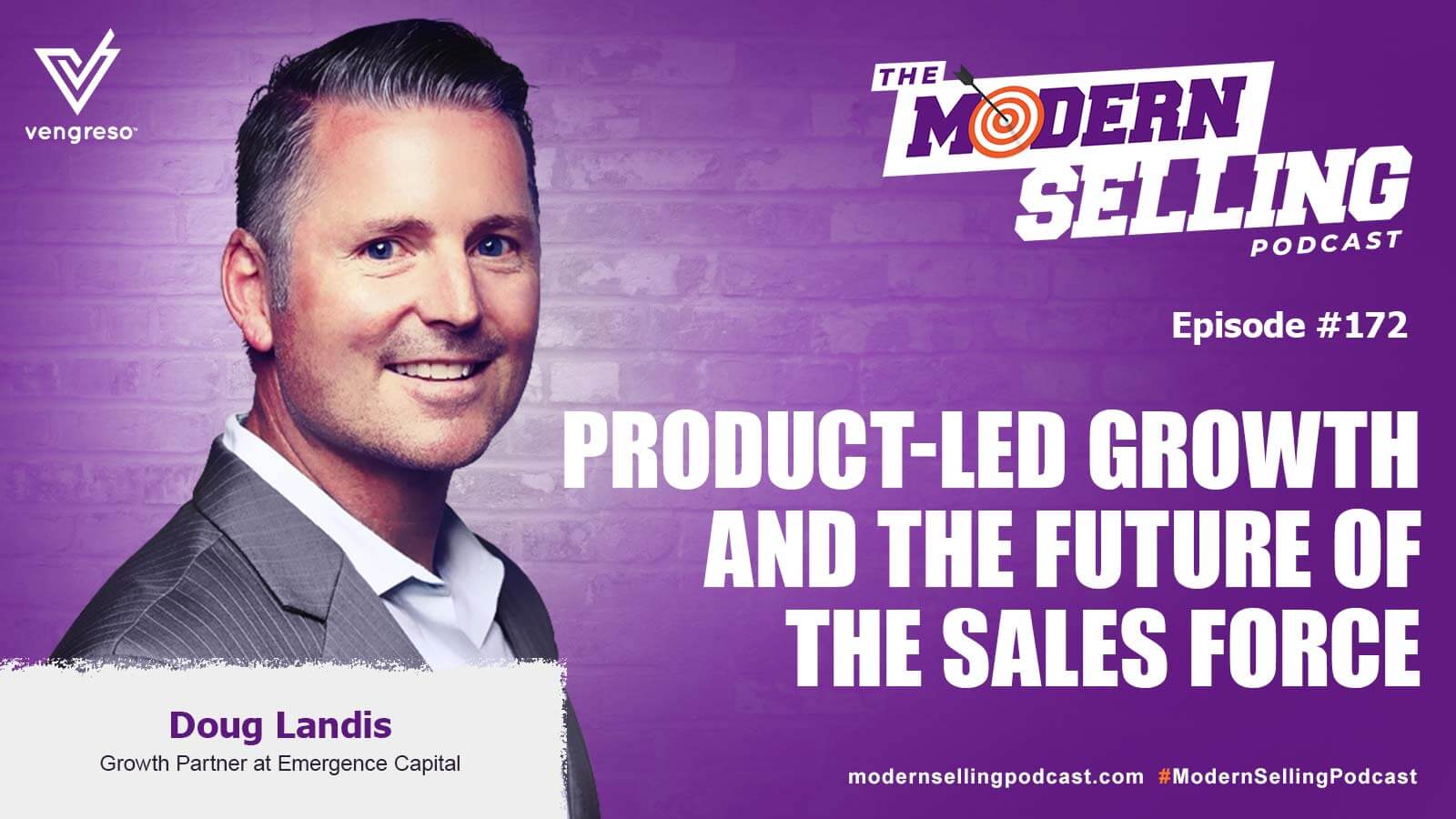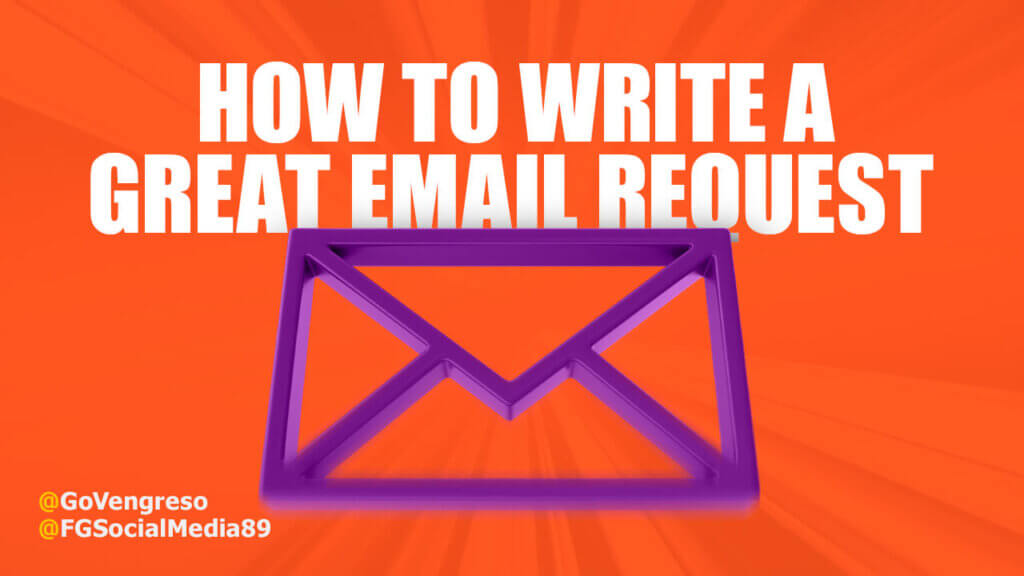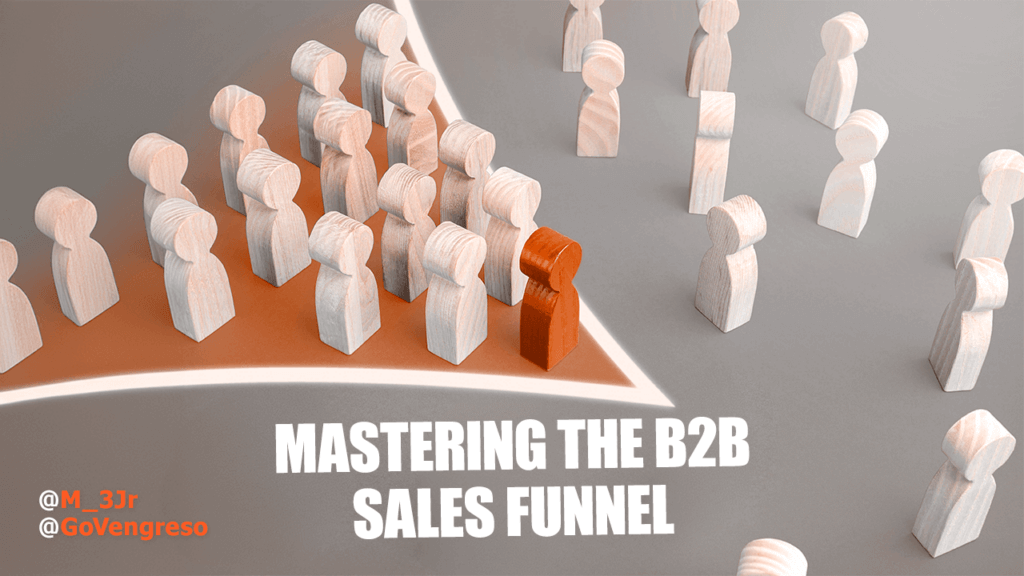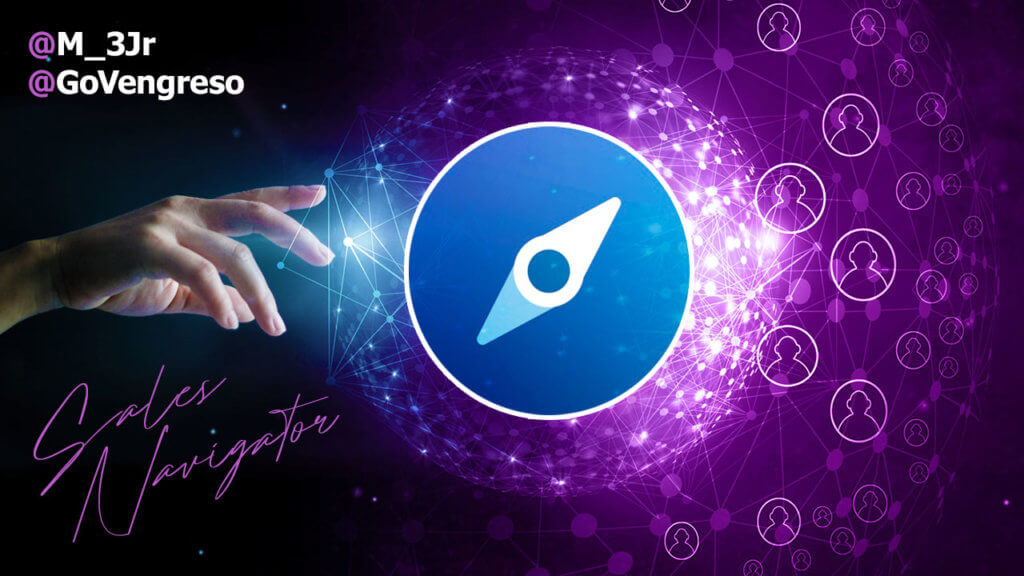Subscribe to Modern Selling on the app of your choice!
Sales and marketing have evolved significantly in the past few decades, especially in the SaaS space.
In the 90s, for example, we had sales-led growth, with sellers doing cold calling and hitting the phones. In the 2000s, it was about marketing-led sales or marketing-led growth, with events, inbound leads, and SDRs doing outbound prospecting.
Now, according to my guest in this episode of the Modern Selling Podcast, we are moving into a new era of product-led sales.
Doug Landis is a Growth Partner at Emergence Capital. In this role, he is responsible for capturing, creating, and sharing go-to-market strategies and ideas with the Emergence Capital portfolio companies and the greater SaaS community.
Join us in this conversation about the future of the sales force and how to better qualify your sales leads.
This is an excellent conversation about the future of the #sales force and how to qualify #leads better. Thank you for the insights in this @GoModernSelling w/ @douglandis from @emergencecap and @m_3jr Share on XWhat is Product-Led Growth?
“I would argue in this generation and especially over the next three to five years,” says Doug, “you’re going to see a tectonic shift to product-led growth, meaning the product is leading every single interaction. Instead of us doing outbound prospecting to a brand new client cold, we’re actually reaching out to people who are deeply already involved and getting value out of our product.”
He gives the example of Slack, Dropbox or Twillio, where people just go to their websites, enter some information and can start using the product right away, getting full value.
In this scenario, people have a need and instead of having a sales conversation with a rep or requesting a demo, they can try a product for free and immediately know and understand whether it is the right fit for them, the solution they were looking for.
After customers try the product, an SDR would call them and help them get more value out of it.
“So now an SDR’s role is different,” Doug says, “because I’m no longer cold calling people who I think are a good fit. I’m actually looking for signals in the product based on how you’re using it to call you and help you learn how to get more value out of the product and in doing so you will then become a paying customer.”
This scenario implies we are moving from a Marketing Qualified Lead (MQL) or a Sales Qualified Lead (SQL) to a Product Qualified Lead (PQL).
And when working with PQLs, both sellers and marketers have a different role in the buying process. SDRs become Product Specialists, now having conversations with prospects who have tried the product, and marketers focus on leading people to a product trial, not a web form.
Listen to the whole episode to learn Doug’s predictions about the future of SDRs and how their role will dramatically change.
WOW! that Product Qualified Lead concept is super accurate. We are moving into a new era of product-led #sales, which means SDRs will play a new role in the process. Great ep. of the @GoModernSelling w/ @douglandis from @emergencecap… Share on XFrom SDRs to Product Specialists
Here are some ways Doug sees the SDR and AE roles shifting:
- Sales conversations will focus on discovering why a free user should turn into a paying customer.
- It’s all about upselling opportunities and how the product could be used more broadly across the client’s organization.
- Using data on product usage to create more sales opportunities.
Although many SaaS companies are already doing this, Doug predicts it will be more common in the next two years, as companies ask themselves, how do we get people into our product with the least amount of friction with the most amount of value?
This is the future of the sales force and as sales leaders, we must think differently about the characteristics of our sellers and the metrics we use to measure sales success.
I understand the importance of a product specialist mindset for the SDRs because it turns free users into paying customers & creates more upselling opportunities. Great @GoModernSelling w/ @douglandis from @emergencecap & @m_3jr Share on X“What we’re looking for is more product signals versus the prototypical marketing signals, like the MQL and the SQL,” Doug says.
Listen to the episode to hear how the PQL is more valuable than the MQL, and why Doug thinks the MQL actually doesn’t exist (Hint: they are just contacts until someone talks to them and validates they are a good fit).
Also learn why modern sales organizations must change the way they qualify leads and the real job of an account executive.





